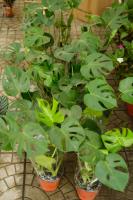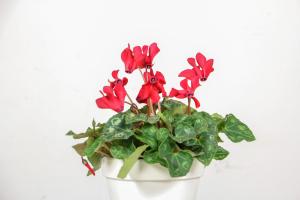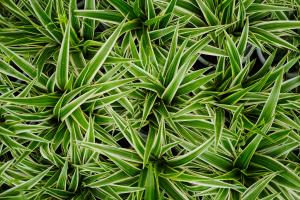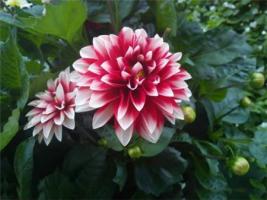Introduction
Brackish water is a mixture of freshwater and saltwater, with salinity levels ranging from 0.5 to 30 parts per thousand. It is commonly found in estuaries, mangrove swamps, and coastal zones. While most plants cannot tolerate the high levels of salt in brackish water, some species have adapted to these environments and thrive in them. In this article, we will discuss two such plants that do well in brackish water.
Mangroves
Mangroves are tropical trees or shrubs that grow in the intertidal zone of brackish water. They have specialized roots called pneumatophores that rise above the waterline to facilitate gas exchange. These roots also help anchor the mangrove trees in soft sediments and provide a habitat for marine life. Mangroves are well adapted to the harsh conditions of brackish water and can tolerate high salt and low oxygen levels.
Mangroves are not only important for their ecological value but also their economic significance. They provide food, wood, and raw materials for many industries. They also act as natural barriers against storms and erosion and serve as nurseries for fish and other aquatic organisms. Unfortunately, mangroves are threatened by human activities such as coastal development, deforestation, and pollution. It is imperative that we protect and conserve these valuable ecosystems.
Seagrasses
Seagrasses are flowering plants that grow in shallow, brackish water. They form dense meadows that provide shelter and food for a range of marine animals. Seagrasses are also important for nutrient cycling and sediment stabilization. They are adapted to high salinity and fluctuating water levels, and have roots that anchor them in the soft substrate.
Seagrasses are threatened by human activities such as dredging, coastal development, and pollution. These activities can cause sedimentation, which can smother seagrass beds, and alter water quality, which can affect their growth and survival. It is essential that we manage human activities around seagrass habitats to ensure their conservation.
Conclusion
Mangroves and seagrasses are two important plants that do well in brackish water. They provide numerous benefits to the ecosystem and are critical for the survival of many aquatic species. Unfortunately, these plants are threatened by human activities, and it is our responsibility to protect and conserve them for future generations.

 how many times do yo...
how many times do yo... how many planted tre...
how many planted tre... how many pine trees ...
how many pine trees ... how many pecan trees...
how many pecan trees... how many plants comp...
how many plants comp... how many plants can ...
how many plants can ... how many plants and ...
how many plants and ... how many pepper plan...
how many pepper plan...






























